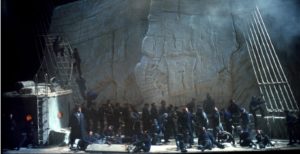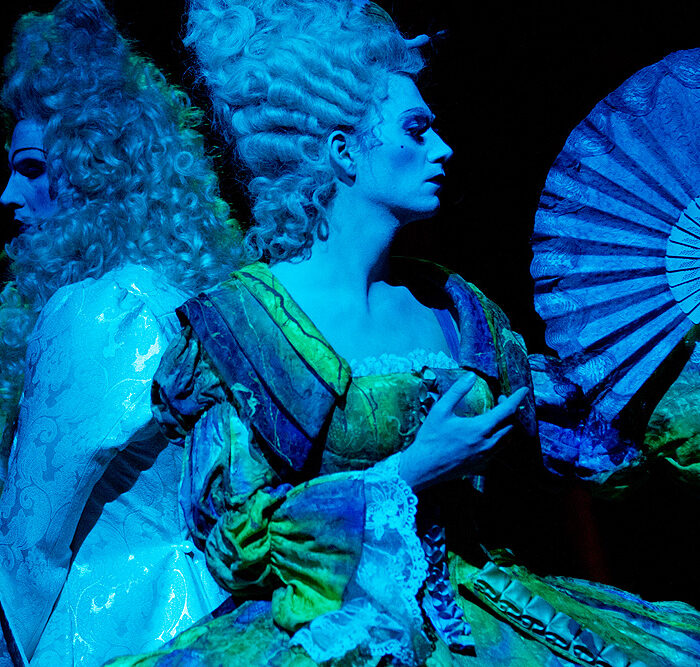
Opera Profile: Wagner’s Coming of Age in ‘Der Fliegende Holländer’
By David SalazarAfter writing three largely unsuccessful operas in which he devoted his talents to imitating the German, Italian, and French styles, Richard Wagner finally found what made him tick with “Der Fliegende Holländer,” his fourth opera.
The work debuted on Jan. 2, 1843, and represents a major shift for the composer toward what he would eventually realize in his greatest operas. Full of incredible melody and leitmotifs, the opera is through-written from start to finish, all of its acts connected. The opera is experienced in one sitting without a single intermission.
The composer himself claims that the inspiration from the work came while he was voyaging through the Norwegian reefs.
Short Plot Summary
The sea captain Daland seeks a port of refuge while facing a storm. While everyone sleeps, a ghostly ship comes together with Daland’s ship and a pale, ghostly man comes ashore. He is the cursed Dutchman who must roam the sea without rest unless he can find a wife that is true to him and will release him from the curse. He meets with Daland and the stranger, upon hearing of Daland’s unmarried daughter Senta, asks for her hand. Daland, who treasures the Dutchman’s wealthy plunder, agrees.
Senta meanwhile dreams of a man in a picture – it is the Dutchman himself. She vows to save him by being faithful. Her boyfriend Erik, however, comes to tell her of a dream he had in which she was carried away by a stranger. She is thrilled by the dream but he runs off in despair. The Dutchman arrives and the two engage in a duet in which they pledge their love forever.
Erik confronts Senta for leaving him, a conversation that the Dutchman overhears. He leaves Senta behind in despair, but she throws herself into the sea. Her faithfulness to him lifts the Dutchman from the curse and the two ascend to heaven.
Famous Musical Passages
While the love duet between Senta and the Dutchman is undeniably popular, the overture represents one of Wagner’s most notable creations. He depicts the stormy sea with incredible precision to the point that the entire overture is a tone poem of sorts.
Watch and Listen
Check out this famed stage version from Bayreuth in 1986.
Categories
Opera Wiki

